The XL Catlin Art Prize turns the venerable age of 10 this year, so it seems fitting that its latest display at Londonewcastle Project Space (until 22 May) has a rather historical feel to it. Among the installations, films, sculptures and paintings by the seven early-career artists shortlisted for the award is a barmy take on the traditional portrait bust; a printed reworking of Bartholomeus van der Helst’s Portrait of Gerard Andriesz Bicker from the Rijksmuseum; and a monumental jesmonite head toppled on its side like a relic of a dead civilisation. Figurative art seems to be having a revival, at least in the hands of these artists, who have been selected by curator Justin Hammond for their ‘promise, spirit, skill and integrity’ and are competing for £5,000 prize money.
Helen Pheby of the Yorkshire Sculpture Park, Vanessa Carlos of Carlos/Ishikawa and the artist Mark Titchner will decide on the winner. But the public gets a say, too: the artist with the largest number of ‘visitor votes’ at the end of the exhibition gets £2,000. To date, the judging panel and the public have never picked the same winner…Who gets your vote?
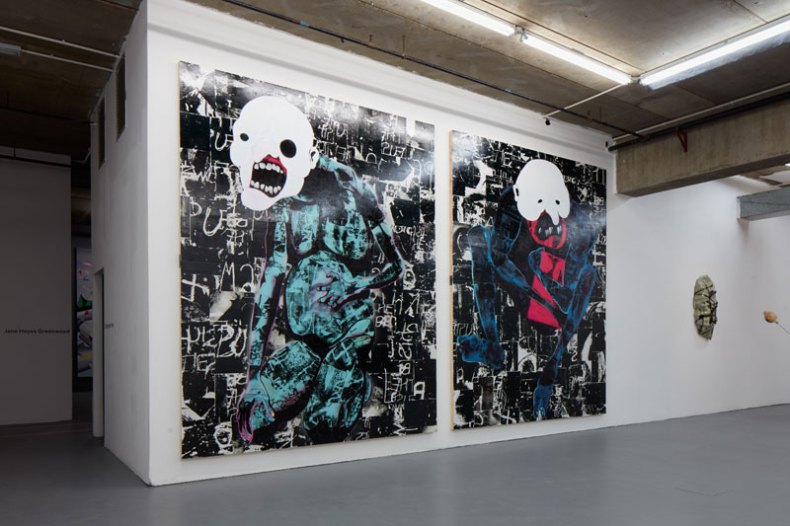
Photo: Tom Carter
Rory Biddulph (Slade School of Fine Art)
Rory Biddulph’s work draws heavily on counter-cultural imagery, mimicking the look and feel of fly-posters and fanzines on a monumental scale. ‘I like what happens when materials come together and how they can be torn apart, recomposed, reused or invigorated’, the artist explains. ‘For this reason I keep coming back to the trashiness and immediacy of what a photocopier can do.’

Photo: Tom Carter
Jude Crilly (Royal College of Art)
Discussing her work for the Catlin Art Guide, Jude Crilly claims: ‘I believe artists need their own space, “a room of one’s own”, whatever that’s for: as a production space, a thinking space, even just for a sense of privacy’. In the exhibition, she’s created a very particular space for the visitor, who must wait their turn to climb into the passenger seat of a Mercedes Benz, and be taken on an imaginary tour through the city by a ‘fictive, ridiculous EU Commissioner.’ As the artist puts it, ‘it becomes a sort of eurotrash-psychodrama.’
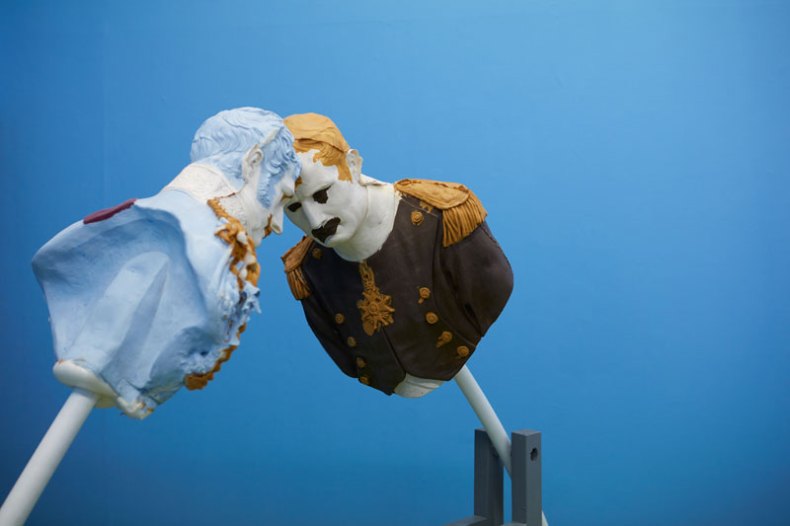
Photo: Tom Carter
Jamie Fitzpatrick (Royal College of Art)
It’s rather difficult to make your way through the room full of moving, clattering sculptures created by Jamie Fitzpatrick. His multimedia reworkings of ‘those statues that have been placed around the city to glorify individuals of often privileged or inherited social standing’ are sharply satirical and often scatalogical. ‘I like the fact that the works look somewhere between a pile of shit and an iced cake’, he says.
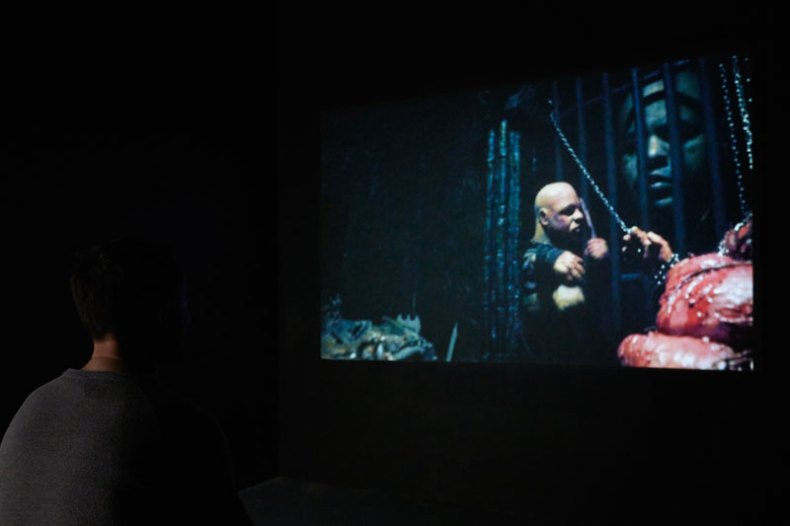
Photo: Tom Carter
Christopher Gray (Goldsmiths)
By far the most disturbing piece on show is Christopher Gray’s macabre Death by Chair, a film in which grotesque puppets attack, torture and dismember each other in a gothic setting. The artist is interested in how extreme violence persists as a form of entertainment in our supposedly civilised world, and why: ‘Does fictional violence serve as a legitimate outlet, or is it purely gratuitous?’
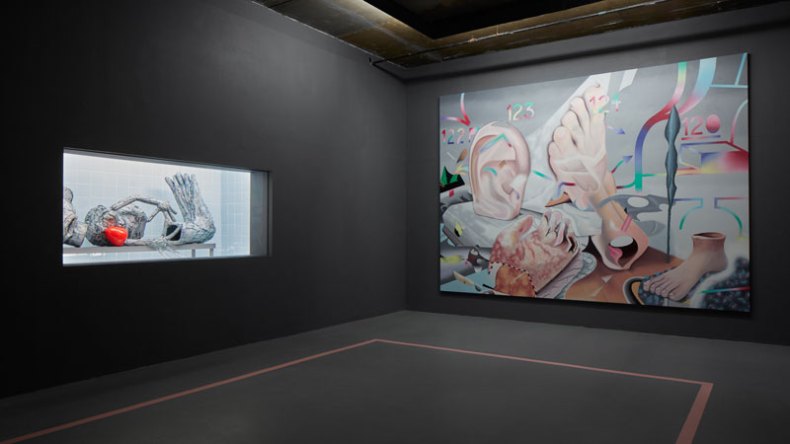
Photo: Tom Carter
Jane Hayes Greenwood (City & Guilds of London Art School)
Jane Hayes Greenwood’s paintings and sculptures are at once clinical and strangely empathetic, conjuring up the look and feel of a hospital with images of numbered body-parts in sterile pinks, greens and blues. Her sculpture of a figure behind glass, contorted on an operating table with a cartoon-like heart exposed, is by far the best use we’ve seen yet of the most awkward room in the project space – a narrow, cupboard-like space tucked into the far corner.
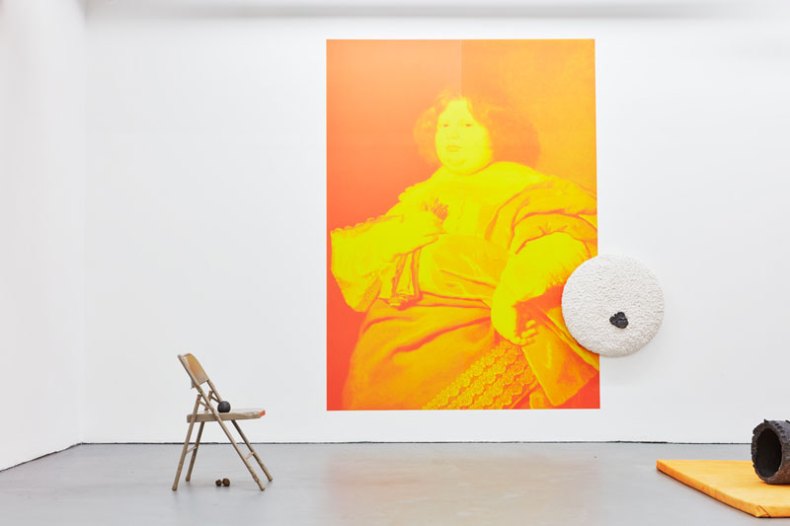
Photo: Tom Carter
Hamish Pearch (Camberwell College of Arts)
‘I’m drawn to the aesthetic of adolescence that obsessively, swiftly and comically usurps objects and images’, says Pearch of his work. Which might explain his choice of the young Gerard Andriesz Bicker (the subject of a portrait in the Rijksmuseum, but also of chubby cat fame) as one of his themes. His sculptures are often given comic, frowning faces that deliberately undo any kind of formal gravitas.
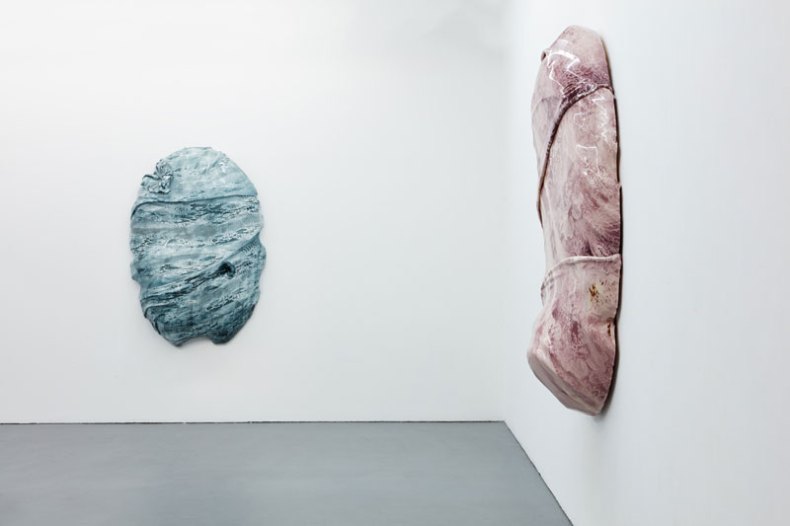
Photo: Tom Carter
Neal Rock (Royal College of Art)
Rock is another artist to engage with art history in his own creations. ‘I’ve had a longstanding interest in painting’s relationship with object-hood, from Gothic altar painting to German post-war artists such as Imi Knoebel’, he explains. His 3D silicone pieces incorporate screen-printed patterns and motifs that seem familiar – but they are deliberately ambivalent, transformed into sculptural shrouds that disguise their own origins and meaning.
Unlimited access from just $16 every 3 months
Subscribe to get unlimited and exclusive access to the top art stories, interviews and exhibition reviews.

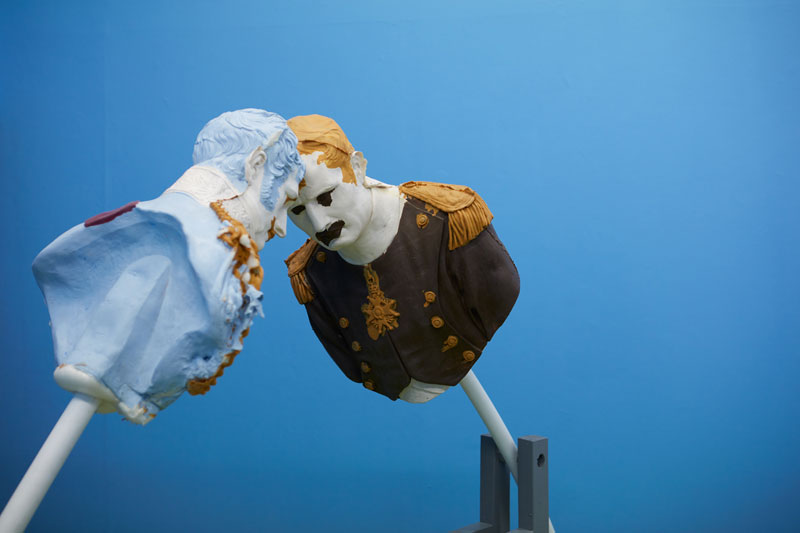
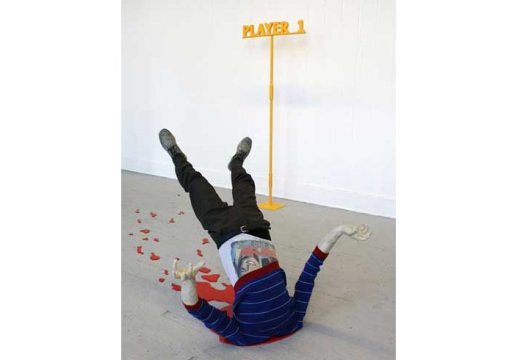
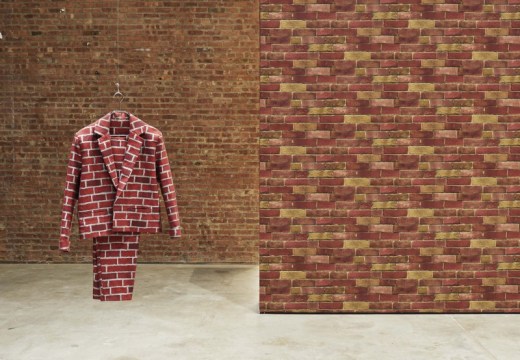
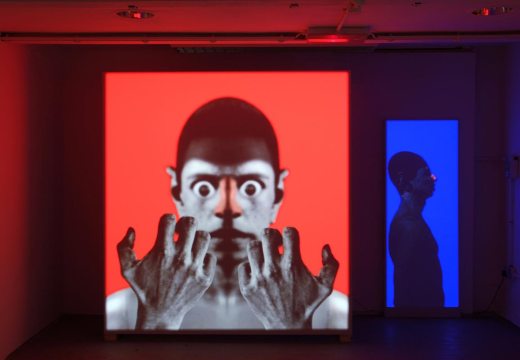









![Masterpiece [Re]discovery 2022. Photo: Ben Fisher Photography, courtesy of Masterpiece London](http://www.apollo-magazine.com/wp-content/uploads/2022/07/MPL2022_4263.jpg)
Why are fathers so absent from art history?